2 April 2025, Wed |
6:37 AM

In the world of cricket, technology is inextricably linked to the sport. Technology has evolved as the sport has developed. Over the last 140 years, cricket’s rich history has seen innovation grow as time and a decade progressed. Cricket has captivated and enthralled a global audience by using technology to keep the stakes so high throughout each game.
New technologies and technological reforms have drastically changed how the game is played. When it comes to cricket, though, umpires have benefited the most from modern technology. Their decision-making pressure has been greatly reduced and it has helped in a variety of ways.
Throughout this blog, we’ll consider all those aspects of cricket where technology has proved helpful to umpires or reformed it altogether.
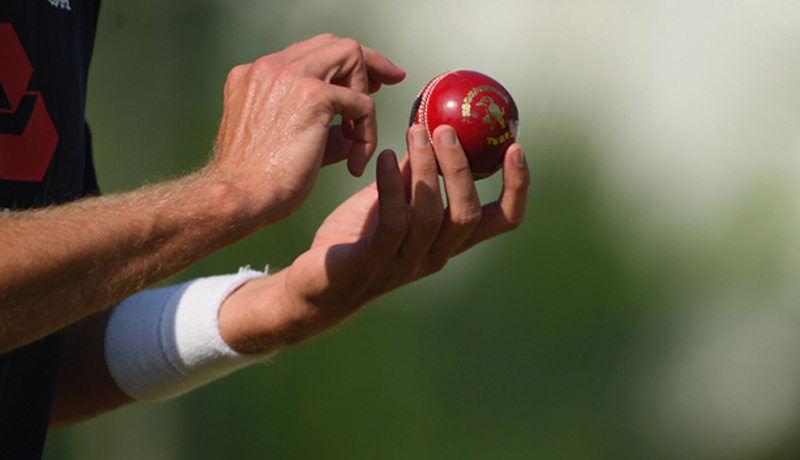
Smart balls are balls with embedded chips that have some type of artificial intelligence. Using a specially designed app, the chip with sensors can transmit data to a smartwatch, mobile device, tablet or computer/laptop in real-time such as speed, spin, power. In this way, data can be analyzed, compared, broadcast and recognized as talent. As the bowler prepares to deliver, the operator presses a button on the app to start recording. On average, it takes five seconds for the entire process to complete, beginning with the bowling of the ball.
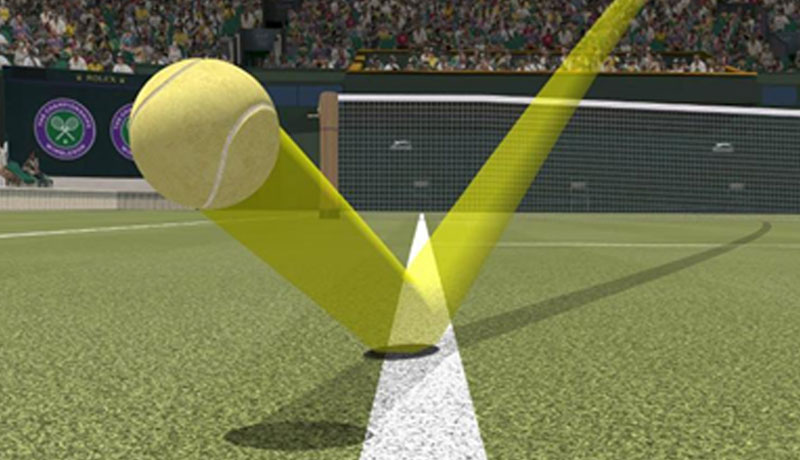
Hawk-Eye is one of the biggest technological innovations in cricket. It determines whether a player is LBW(leg before wicket rule) or not. Using this technology, a TV umpire can determine whether the ball will hit the stumps. The Hawkeye system is a computer technology that monitors the movement of the ball in cricket to visualize it. With this technology, a ball can be projected and rendered in real-time on a video after its movement has been tracked. Hawk-eye is an application that combines image processing with 3D modeling and physics rules. At least four cameras should be installed throughout the stadium in order to film the entire game from different perspectives.
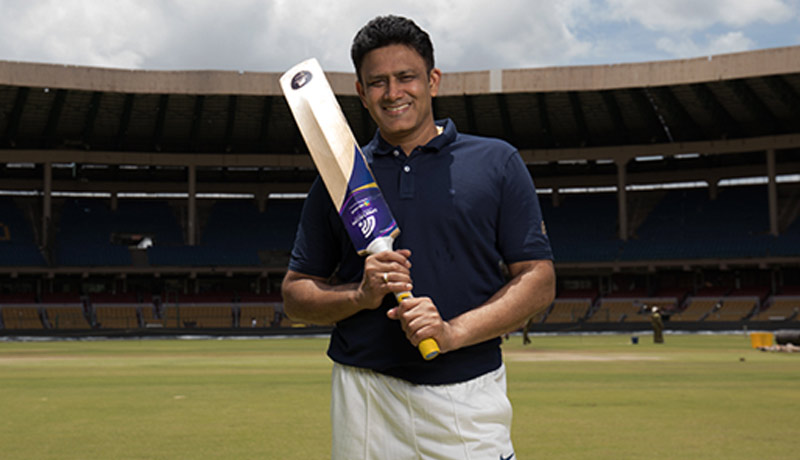
In 2018, Microsoft announced that Anil Kumble was an ambassador for Spektacom, a wireless sensor device the size of a credit card that captures data and analyzes impact characteristics of shots utilizing wireless sensor technology and cloud-based analytics. It lies under a regular sponsor sticker at the rear of the bat. In order to provide continuous feedback to the player, the data gathered from the power bats are analyzed using a powerful Artificial Intelligence model developed by Azure.
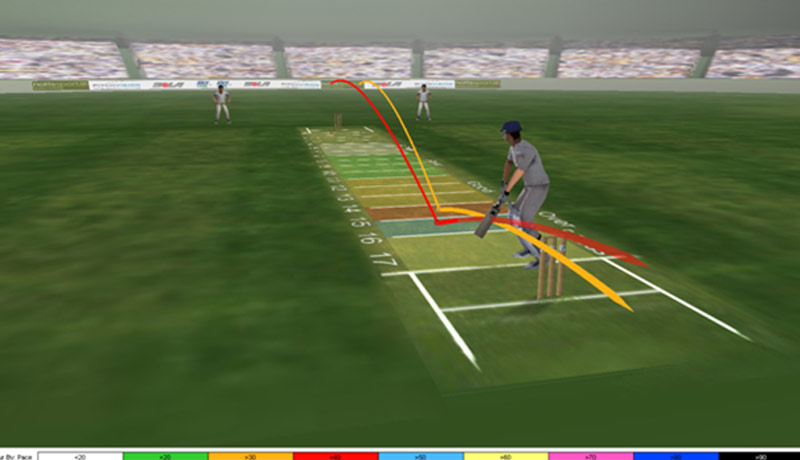
Cricket training systems make use of this technology widely. The PV/One video-and-sensor technology from PitchVision enables cricket coaches to monitor their players’ performance in the nets, and helps them develop better players.
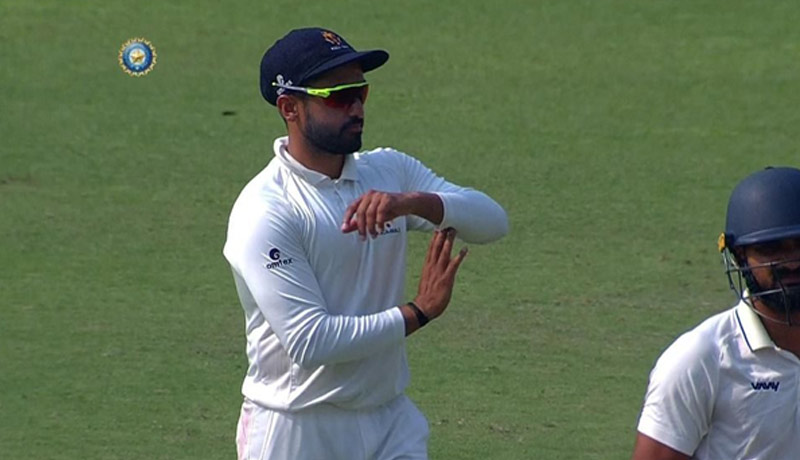
DRS technology helps match officials make better decisions in cricket, as its name suggests. Several aspects are used, including television replays, technology that tracks the ball’s path and predicts where it will go, microphones to detect noises made when the ball hits the bat or pad, and infrared imaging to detect temperature changes when the ball hits either the bat or pad.
Innovations and technologies never end, we have heard that a million times. They will increase in numbers with every passing day, and most of them will stay and will extend into a number of fields and sectors. There will be further technological advancements in cricket, assisting the umpire, helping the players, and enthralling the audience.

This story is attributed to Omar Abdulla, Content Developer at TECHx. Omar Abdulla is a university student with a passion for business, artificial intelligence, and technology. He is also knowledgeable about digital marketing, content creation, financial management, and coding. Omar is a team player, an active thinker, and an open-minded guy who approaches work with a problem-solving attitude. He possesses technical